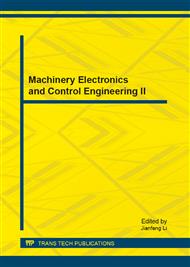p.937
p.941
p.946
p.950
p.957
p.962
p.967
p.971
p.976
Finite Element Simulation of In-Service Sleeve Repair Welding of Gas Pipelines
Abstract:
The purpose of this study is to investigate the influence of welding sequence on the risk of burn-through, cold cracking and residual stresses during in-service sleeve repair welding of gas pipelines. Based on ABAQUS software, axisymmetric finite e1ement models were conducted to calculate transient temperature distributions and resulting residual stress field after multi-pass sleeve fillet welding of in-service API 5L-X65 36” Schedule pipes. Influence of welding sequence was investigated by comparing residual stresses and transient deformations for sequential welding; in which welding of the two circumferential pipe/sleeve fillet welds was made in sequence, to the case of performing the two welds at the same time. Sequential welding was found to reduce weld zone distortion and residual stresses due to the sleeve freedom to expand axially while conducting the first fillet weld. The upper limit of heat input was found to generate higher pipe wall peak temperature, but not to the extent of initiating pipe wall melt through.
Info:
Periodical:
Pages:
957-961
Citation:
Online since:
March 2013
Authors:
Price:
Сopyright:
© 2013 Trans Tech Publications Ltd. All Rights Reserved
Share:
Citation:


